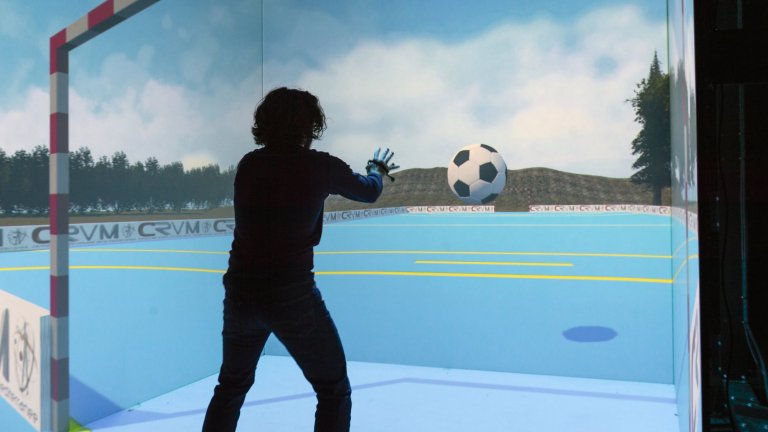
© Cyril Frésillon / ISM / CNRS Images
View the mediaScientific news
CNRS is at Sport Unlimitech in Lille, where the second event is taking place on 23 and 24 September before a tour of France. This is an opportunity to show you in images the variety of interactions and partnerships with sportsmen and women.

© Cyril Frésillon / ISM / CNRS Images
View the mediaThe exhibition brings together researchers, entrepreneurs, investors, manufacturers and sports federation representatives around the same goal: putting science and technology to use in sport. It is due to the research carried out by scientists in multiple disciplines that “SporTech” is being developed to improve athletes’ performance through innovation. SporTech has many objectives: to optimise results, but also to improve recovery after exercise and to minimise the risk of injury, for example by analysing runners’ posture or cyclists’ pedalling.
Athletes are not the only ones affected: by developing new tools through a better understanding of the human body, we are also seeking to improve the quality of life of people with disabilities, who also benefit from innovations that are better tailored to their needs. This is why CNRS is at the second Sport Unlimitech event and why we invite you to explore the many aspects of sports-related research.
Our work is guided by the way scientists question the world around them and we translate their research into images to help people to understand the world better and to awaken their curiosity and wonderment.